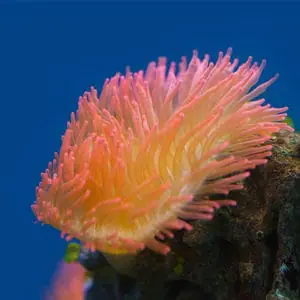
“A half-trillion corals live in just one ocean. Does that mean they are safe?”
This is the title of a new Science article published on March 4, 2021, by Elizabeth Pennisi, quoting ASU Center for Biodiversity Outcomes Associate Center Director Beth Polidoro, among other scientists.
Polidoro is an associate professor in the School of Mathematical and Natural Sciences, New College, and also helps lead the partnership between ASU and the International Union for Conservation of Nature (IUCN) Red List of Threatened Species.
The article provides insights from a recent comprehensive survey of corals, indicating that a half-trillion corals exist in the Pacific Ocean. Although these numbers seem encouraging, some scientists fear that these results may be misrepresented by policymakers and other fellow conservation scientists, resulting in reduced conservation efforts for reefs.
“The data shed new light on conservation strategies already in place,” the author states. “IUCN has listed 80 of the 318 species included in the study as either vulnerable, endangered, or critically endangered; yet 12 of those 80 have estimated populations exceeding 1 billion.”
Polidoro’s colleague David Obura, chair of the IUCN Coral Specialist Group, explained that a reclassification of corals is currently taking place. They also clarified that Red List status is not assigned based on the total number of individuals present within a species. In Polidoro’s words: “species with extremely high populations have gone extinct in the past.”
Much is at stake.
Per the National Oceanic and Atmospheric Administration (NOAA), “Coral reefs protect coastlines from storms and erosion, provide jobs for local communities, and offer opportunities for recreation. They are also a source of food and new medicines. Over half a billion people depend on reefs for food, income and protection. Fishing, diving, and snorkeling on and near reefs add hundreds of millions of dollars to local businesses.”
As additional research and Red List reclassifications occur, we expect to have a clearer picture of the status of coral reefs in the Pacific Ocean and across the world. Although there is evidence for hope, we must not abandon conservation efforts.